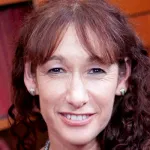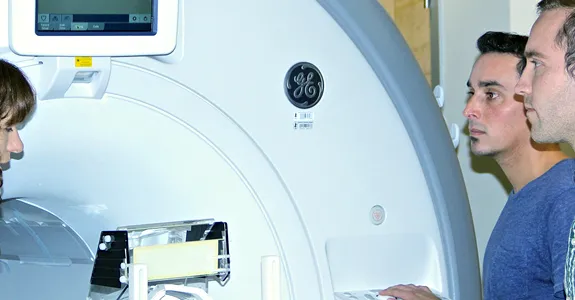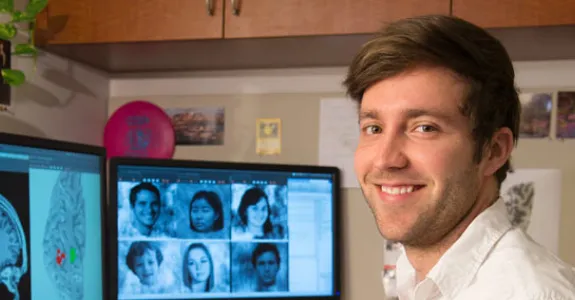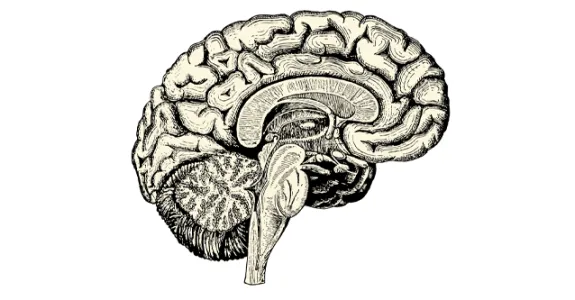Neural Basis of Face, Body and Object Recognition in the Human Brain


January 5, 2017 - Stanford News
A study from Bio-X affiliate Kalanit Grill-Spector finds that the amount of brain tissue does not only decrease...

January 30, 2015 - Stanford Report
Differences in connectivity in the brain predict face blindness in adults, say Stanford neuroscientists under...

November 20, 2014 - Stanford Report
A team under Bio-X affiliated faculty Brian Wandell and Kalanit Grill-Spector, including Bio-X Travel Awardee...